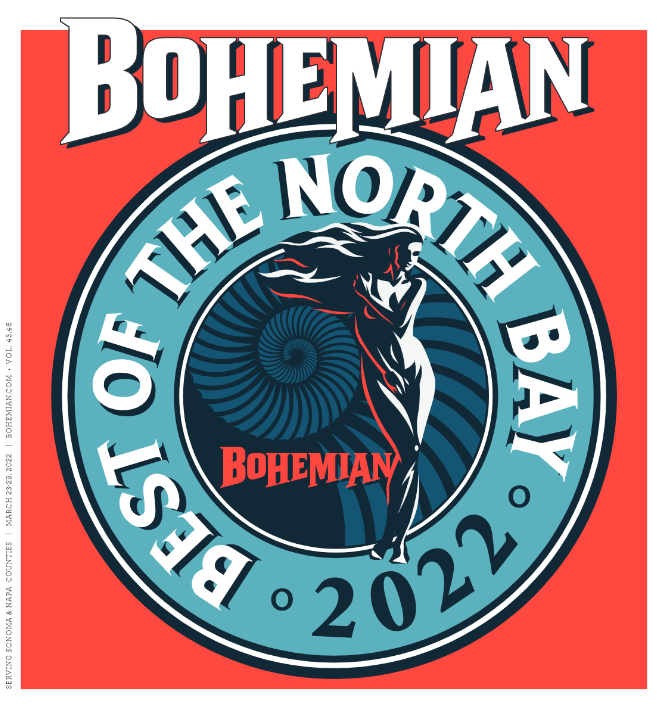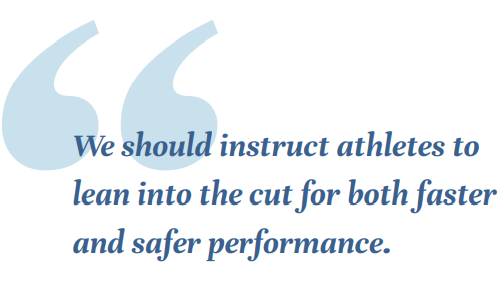Here is the current list of the summaries I have written on research articles for Physio Network. If you are interested in them, or other authors comments on similar topics, please visit the Physio Network website for more information on how to easily translate current research into practice.
Dimensional Changes of the Tibial Nerve and Tarsal Tunnel in Different Ankle Joint Positions in Asymptomatic Subjects
Rearfoot strikes more frequently apply combined knee valgus and tibial internal rotation moments than forefoot strikes in females during the early phase of cutting maneuvers.
Change of Direction Assessment Following Anterior Cruciate Ligament Reconstruction: A Review of Current Practice and Considerations to Enhance Practical Application
Ankle kinematics, center of pressure progression, and lower extremity muscle activity during a side-cutting task in participants with and without chronic ankle instability
Upper limb neurodynamic testing with radial and ulnar nerve biases: An analysis of cervical spinal nerve mechanics
Fascia or Muscle Stretching? A Narrative Review
Biomechanical Determinants of Performance and Injury Risk During Cutting: A Performance Injury Conflict?
Running Biomechanics Before Injury and 1 Year After Anterior Cruciate Ligament Reconstruction in Division I Collegiate Athletes
The Iliotibial Band: A Complex Structure with Versatile Functions
Effects of and Response to Mechanical Loading on the Knee
Biomechanical and Neuromuscular Performance Requirements of Horizontal Deceleration: A Review with Implications for Random Intermittent Multi‑Directional Sports
Alternatives to common approaches for training change of direction performance: a scoping review
To access these articles and many more, please click on the link below.






























![th[8].jpg](https://images.squarespace-cdn.com/content/v1/57a7d1b1bebafb38e0e053e1/1579745435726-06YPMMWQLGO1IC972XQ7/th%5B8%5D.jpg)
![pn_logo[1].png](https://images.squarespace-cdn.com/content/v1/57a7d1b1bebafb38e0e053e1/1575344420410-KRVJUQGGGA08TSQQIAC5/pn_logo%5B1%5D.png)
![1386914509[1].png](https://images.squarespace-cdn.com/content/v1/57a7d1b1bebafb38e0e053e1/1553901197984-OA0XHT45B27QB8OLKRL2/1386914509%5B1%5D.png)

![2018_2[1].png](https://images.squarespace-cdn.com/content/v1/57a7d1b1bebafb38e0e053e1/1513558287234-T2PGKD88C0JI3SCEHW6Z/2018_2%5B1%5D.png)


![20131108150650549[1].jpg](https://images.squarespace-cdn.com/content/v1/57a7d1b1bebafb38e0e053e1/1477020163627-T2DPIXRQ0VQH611ZT9YJ/20131108150650549%5B1%5D.jpg)
